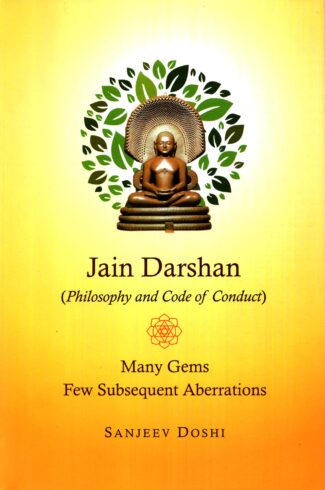
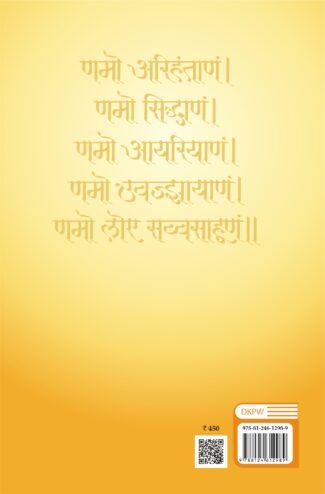
Jain Darshan (PB)...
Jain Darshan (PB)
Philosophy and Code of Conduct by: Sanjeev DoshiThe title will seem misleading to many, as it will conjure up in their mind, an idea that the book is about important Jain temples and events and will take you on a pictorial tour of the same. In fact, many well-wishers had advised me to change the title.
Darshan is a name given to all Indian religious philosophies, be it Hindu, Jain or Bauddha.
Western philosophies are not called Darshans. Why is it so, is explained in the Introductory chapter. And when you read it, you will feel proud of our Indian culture and the strides we have taken in the spiritual field.
Original price was: ₹450.00.₹405.00Current price is: ₹405.00.
ISBN: 9788124612989
Year Of Publication: 2024
Edition: 1st
Pages : xxv, 188
Bibliographic Details : Index
Language : English
Binding : Paperback
Publisher: D.K. Printworld Pvt. Ltd.
Foreword By : Dr. Jitendra shah
Size: 24 cm.
Weight: 405
The title will seem misleading to many, as it will conjure up in their mind, an idea that the book is about important Jain temples and events and will take you on a pictorial tour of the same. In fact, many well-wishers had advised me to change the title.
Darshan is a name given to all Indian religious philosophies, be it Hindu, Jain or Bauddha.
Western philosophies are not called Darshans. Why is it so, is explained in the Introductory chapter. And when you read it, you will feel proud of our Indian culture and the strides we have taken in the spiritual field.
Foreword vii
The Purpose and Structure of the Book xix
Treatment of Sanskrit Words xxii
Chart of Diacritical Marks xxvii
Chapter 1
Introduction
1. Introduction 3
What is Religion? 3
The Difference between “Ism” and Philosophy 3
The Difference between Philosophy and Darshan 4
The Golden Years in Indian History 5
The Great Indian Philosophical Crucible/Pool 7
Vedic and Non-Vedic Religions 9
What is the Main Difference between Jainism and Hinduism 9
The Problem with Pure Philosophy, vis-à-vis Worship 10
Chapter 2
Jain Philosophy
2. Jain Philosophy 13
Concept of “God” and Concept of “Ultimate Reality” 13
What is Philosophy and the Importance of Āpta Vākya 14
Dravyas 17
View of the Self and the Universe 17
Who am I, What am I here for, What are the Basic Constituents 17
of our Universe, etc.?
Jain Philosophy Defines Six Dravyas 17
Common Virtues of the Six Dravyas 22
Jīv Dravya (Living substances) 23
Classification of Jīv 24
Classification as per Kārmic Bondage 24
Siddha Jīv (Liberated Soul) 24
Samsārī Jīv (Worldly Soul or Mundane Soul) 24
Classification of Jīv-s based on Indriyas 25
Classification of Sthāvar Jīv-s 25
Classification of Tras Jīv-s 27
Classification of Jīv-s as per their Gati 28
Humans are Masters of their Destiny 29
Ajīv Dravya (Non-living substances) 31
Pudgalāstikāya (पुद्गलास्तिकाय) 31
Ākāshāstikāya (आकाशास्तिकाय) 33
Lokākāsh 33
Alokākāsh 33
Dharmāstikāya (धर्मास्तिकाय) 34
Adharmāstikāya (अधर्मास्तिकाय) 34
Kaal (काल) 34
Importance of Knowing Dravya 37
Karma, Rebirth (Transmigration) and Moksh 39
Karma (कर्म) 41
What is Karma? 41
Punya and Paap Karmas 41
Fructification or Fruition of Karmas 42
Types of Karmas 42
The Qualities (Gunas) of the Soul and the Obscuring 43
Nature of Karma
Karma Prakriti 43
Ghātīya Karmas 43
Aghātīya Karmas 45
Basic Rules for the Working of Karma 46
Fourfold Combination of Punya and Paap – Caturbhangī 47
Karma-Bandh (Bondage of Karma) 48
Sāmparāyik and Īryāpath Karma 49
When Will Karmas Fructify? 50
Nav Tattva 51
(नव तत्त्व – Nine Principles or Nine Steps to Moksh) 51
Āsrav (आस्रव) 52
Samvar (संवर) 53
Nirjarā (निर्जरा) 54
Bāhya Tapa (बाह्य तप) 55
Antarang Tapa (अन्तरंग तप) 56
Moksh (मोक्ष) 57
Naya (नय), Syāt (स्यात्) and Syādvāda (स्याद्वाद) 59
Naya (नय) 60
Syāt (स्याद्) 61
Syādvāda 62
Mahāvīr and Gautam Buddha 62
Naya 64
Saptabhangī Naya – Seven Forms of Judgement 65
Anekāntavād (अनेकान्तवाद) 67
Anekāntavād and Religious Tolerance 67
Is there a problem with the Concept of Syādvād or Anekāntavād? 68
Chapter 3
Jain Āchār (Code of Conduct)
3. Jain Āchār (Code of Conduct) 71
Shrāvakachār (Code of Conduct for the Layman) 71
Essentials for Shrāvak-s 72
Vrat-s (व्रत) 72
Ahimsā (अहिंसा) 72
Satya (सत्य) 73
Asteya (अस्तेय) 74
Brahmacharya (ब्रह्मचर्य) 74
Aparigraha (अपरिग्रह) 75
Gupti (गुप्ति) 75
Shadāvashyak (षडावश्यक) 77
Mārgānusārī (मार्गानुसारी) 78
I. Eleven duties 79
II. Eight items that out to be discarded 79
III. Eight virtues 80
IV. Eight endeavours 80
Dashalakshanā Dharma (दशलक्षणा धर्म) 81
Anuprekshā (अनुप्रेक्षा) Contemplations – Bhāvanās (भावना) 81
Shramanāchār (श्रमणाचार) Code of Conduct for the Munis 83
Samitis (समिति) 83
Parishaha Jaya (परि + षह + जय – Victory (endurance) over 84
all hardships)
Ratnatrayī (रत्नयी – Three Jewels) 85
The Meaning of Samyak 86
What is Samyak Darshan (सम्यक् दर्शन)? 87
What is Samyak Gyān (सम्यक् ज्ञान)? 89
What is Samyak Chāritra (सम्यक् चारि)? 89
Now let us study the Ratnatrayī as per Umāswāti’s Definition of 89
Samyak Darshan as Right Faith
Chapter 4
Gems
4. Gems 95
Karma Theory 95
Dravyas 99
Jīv 100
1. Classification of Jīv-s into Ekendriya to Panchendriya 100
2. Equality of all Souls in all living things 100
Ajīv 101
Detailing of Ajīv, the non-conscious principle 101
Vrat-s and Code of Conduct 103
Vrat-s 103
Aparigraha 103
Twelve Anuprekshās 103
Syādvād and Anekāntavād 104
Nishchay Naya 105
Other General Gems 107
Pratyaksh and Paroksh Gyān (प्रत्यक्ष, पराेक्ष) 107
Panch Parameshthī (पञ्च परमेष्ठी) 108
Chapter 5
Aberrations
5. Aberrations 111
Plethora of Books by Jain Āchāryas 113
Introduction of Minor New Concepts 115
Introduction of a Totally New Concept 117
Samyak Darshan Defined as Samyak Faith in Tattvārthasūtra 117
Dilution of a Concept 118
Karma Theory – Nirjarā 118
Too Many Subclassifications of a Main Concept 122
Introduction of Far-fetched Concepts 124
Like the Detailing of Jain Cosmology 124
Other General Aberrations 126
Samyaktva (सम्यक्त्व) 126
The correct translation of the word darshan in scriptures 127
prior to Umāswāmī
Mithyātva (मिथ्यात्व) 128
Bhāv Himsā by our Āchāryas and Sādhus? 129
Here is an Example of Bhāv Himsā in our Scriptural Stories 130
– story about Siddhasen Diwākar
Micchāmi Dukkadam (मिच्छामि दुक्कडम्) 131
Extension of Ṇamokār Mantra 132
Chapter 6
Points to Ponder
6. Points to Ponder 137
Is There Scope for Purushārth? (पुरुषार्थ) 137
Vītaraag (वीतराग) 138
Vashikar Sangyā (वशिकर संज्ञा) 138
Is Mere Vairāgyaness (being Vītaraag) Enough? 139
Continuing this discussion, a bit further – Concept of Mumukshu 139
The Concept of Nishkām Karma (निष्काम कर्म) 140
Is there a Similar Concept Jainism? 140
Why did Umāswāti drop the Concept of Samyak Darshan? 140
But Then, Why Does Umāswāti Retain the Word, 143
Samyak Darshan?
Where does Knowledge Rest? 144
What is Mind (मन)? 145
Characteristics of Jīv 148
Is Jīv (Soul), Consciousness (Chaitanya) Itself or is 149
Consciousness a Characteristic of Jīv (Soul)?
Who is the Kartā (कर्ता) and Bhoktā (भोक्ता) of Our Actions? 150
Āgam-s (आगम) 152
Tap (तप) 155
Place of Ācharan (आचरण) in Jainism and Hinduism 155
Ṇamo Uvajhāyā Ṇam (णमो उवझाया णम्) 156
Svādhyāya (स्वाध्याय) 156
Dayā and Dān (दया + दान) in Jainism 156
In Jainism Why is Samyak Darshan Placed before 157
Samyak Gyān?
Concept of Īshvar in Patanjali’s Yog is similar to a Siddha 157
in Jainism
Anādi and Anant 158
Chapter 7
Did you know?
7. Did You Know? 161
Rishabh Bhagwān in Hindu Scriptures 161
Did you know that Bhagwān Rishabh is Mentioned many a 161
time in old Hindu Scriptural Literature?
No Concept of any Creator in Any Basic Indian Philosophy 163
Kundakund and Shankarāchārya 164
Chārvāk Philosophy 166
Gāthās and Sūtras 166
The Meaning of Ṇamokār Mantra 167
There are more Parshwanath temples than Mahāvīr Swāmī 168
temples
Tit-Bits 168
Index



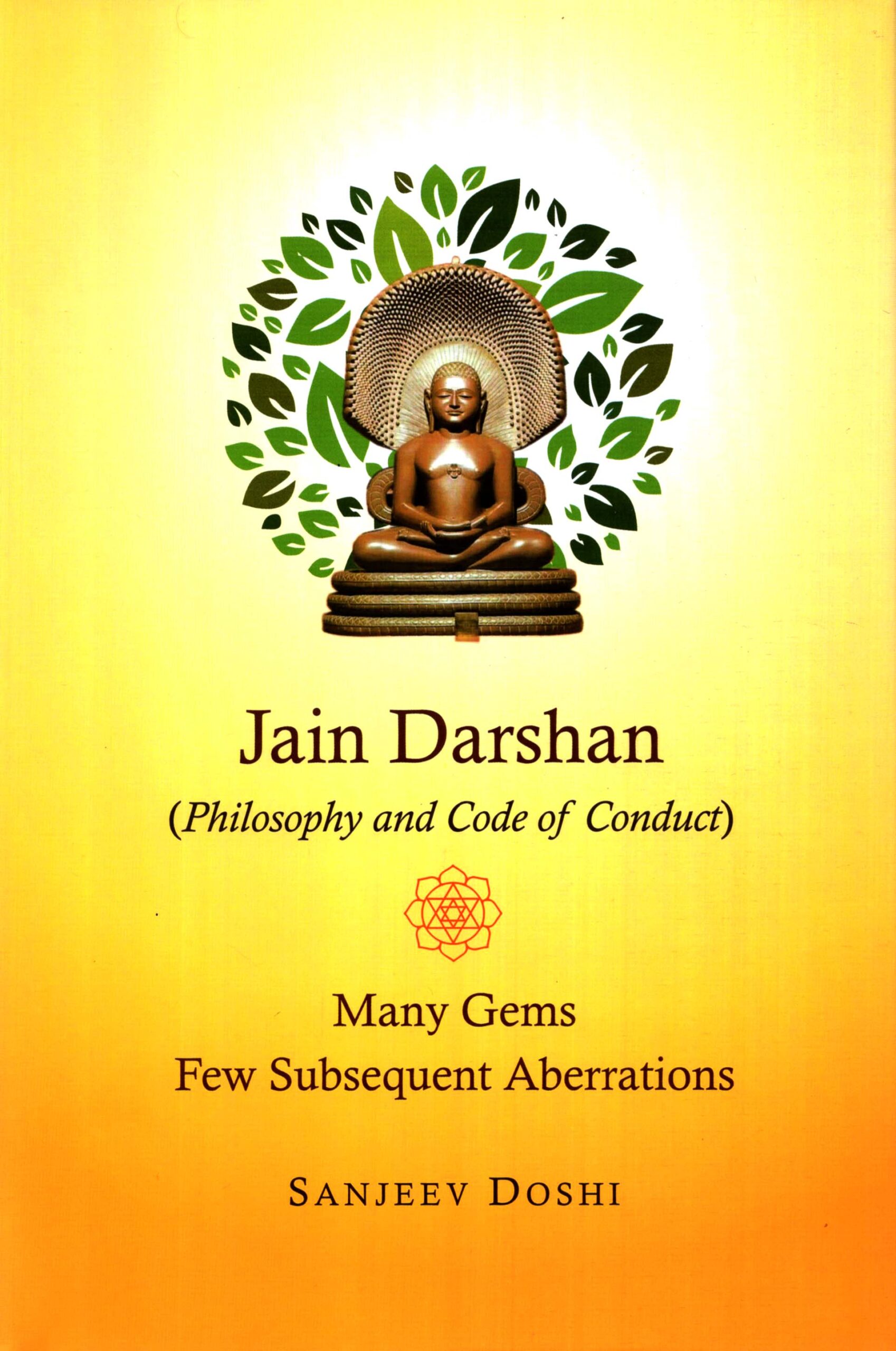
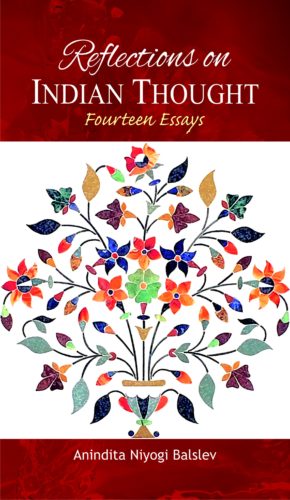

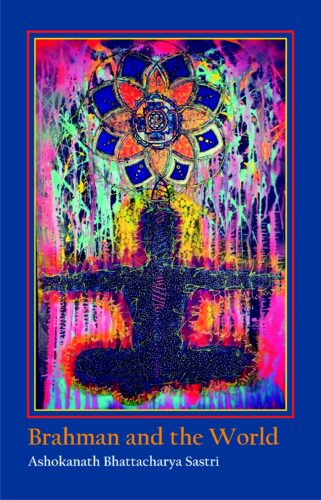
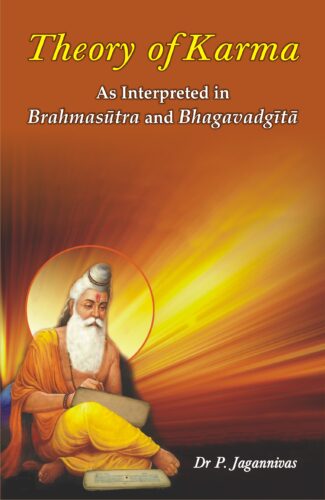
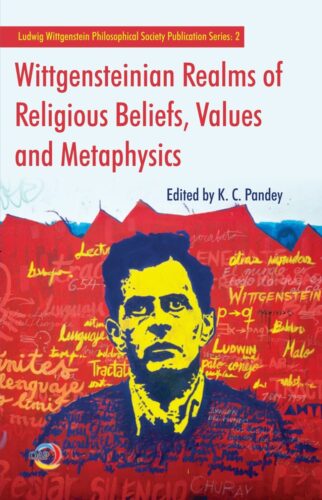
There are no reviews yet.